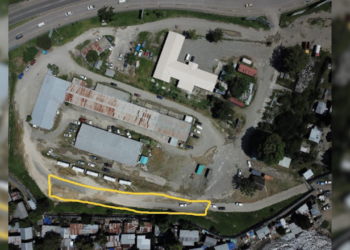In Solomon Islands, crops sales lead household income sources constituting a significant 37% of the total household income sources.
The latest Census reports from the Solomon Islands shed light on the primary sources of household income, revealing a diverse landscape of economic activity.
Crops sales emerge as the leading contributor to household income, constituting a significant 37% of the total household income sources. Wages or salaries follow closely behind, accounting for 28% of the income earned by households. The sale of fish contributes a substantial 10%, with other sources making up 12%. Interestingly, about 4% of households report having no income at all, highlighting potential economic challenges.
In the capital city, Honiara, a significant three-quarters of households rely on wages and salaries as their primary source of income, showcasing the urban focus on employment.
Occupationally, more than two-thirds of the employed population in the Solomon Islands are engaged in semi-skilled roles, which include jobs in agriculture, forestry, and fisheries. This sector plays a pivotal role in the nation’s economy, offering livelihoods to a substantial portion of the population. The data shows that the combined agriculture, forestry, and fishery sector serves as the largest employer, providing jobs for 68.4% of all employed individuals, totaling an impressive 177,000 people.
Interestingly, this employment trend is particularly pronounced in rural areas, where approximately 87% of jobs in the sector are concentrated. This distribution aligns with the broader population pattern, reflecting the importance of rural employment opportunities in sustaining livelihoods across the Solomon Islands. Additionally, the data suggests a relatively even split between genders in these rural employment opportunities.
On closer examination of gender distribution within occupations, it becomes evident that males dominate in semi-skilled roles such as craft, trade, and machine operation, as well as high-skilled professions. In stark contrast, females outnumber males in low-skilled elementary occupations, with an astonishing 66.4% of females primarily engaged in activities such as housework, constituting a substantial 61.3% of their occupation.
In summary, the Census reports unveil a complex economic landscape in the Solomon Islands, with crops sales, wages and salaries, and the agriculture, forestry, and fishery sector standing out as key pillars of household income. This data also highlights the nuanced gender distribution within various occupations and underscores the significance of rural employment opportunities in supporting the nation’s population.




























![Chovohio [left] and Charivunga [right] confluence, to create a dam for sediment control](https://www.tavulinews.com.sb/wp-content/uploads/2025/04/Add-a-heading-43-360x180.png)


















































